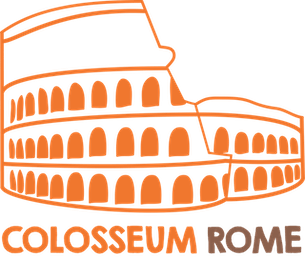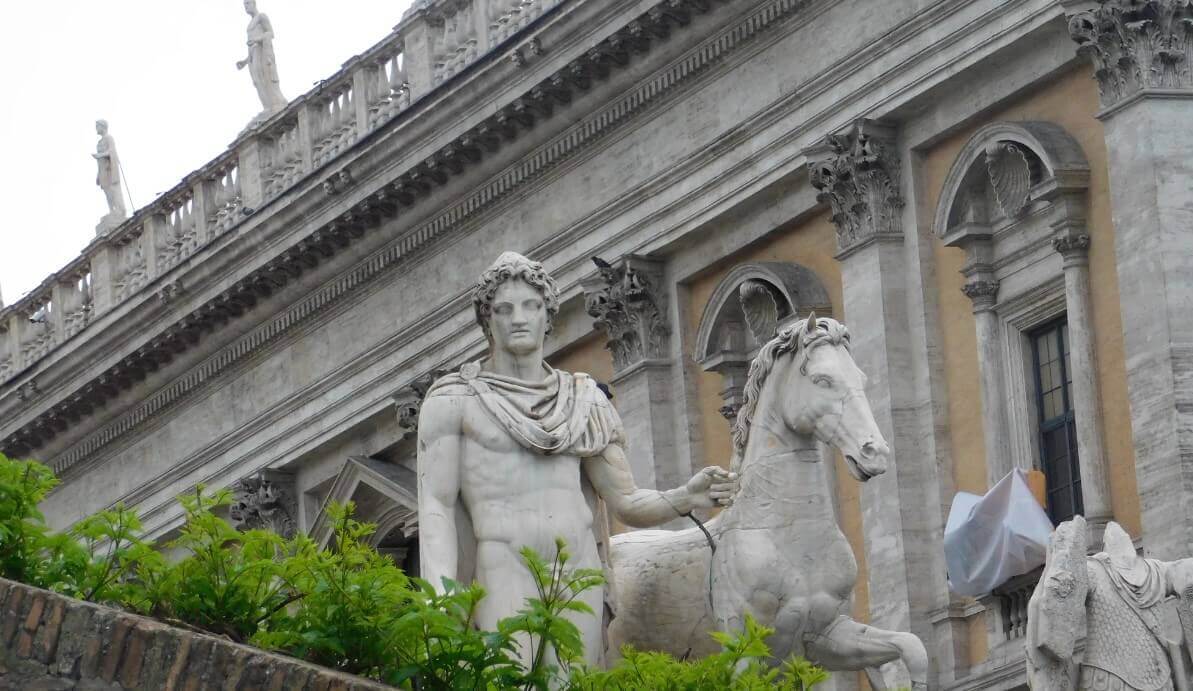
Ludi Romani Games: Religious festival in Ancient Rome
Just what is a Ludi – or a Ludi Romani? Well, the Ludi Romani was a religious festival that took place in September of every year in ancient Rome. The exact origins of the festival are disputed. Some credit it to the Etruscan King Tarquinius Priscus who conquered Apiolae, others to Roman victories at lake Regillus around in 496 BC.
The majority sway in favour of the Etruscan King being the instigator, and also credit him with identifying the perfect location for the Circus Maximus. The games originally lasted just 5 days, but eventually extended to 2 weeks of festivities. It is thought this is due to more and more embellishments being added to the entertainment lineup.
About the Ludi Romani Games Rome
The celebrations took form as games. They were originally held frequently, although not necessarily every year, and generally followed military campaigns. Soldiers – whether they had been in active battle or not – generally returned to Rome at the end of the summer.
So, it became customary to have the festival in the fall. Once the celebrations became formally established – sometime around 367 BC – as an annual event, they became known as the Ludi Romani. Previously, ad hoc organised festivals of this kind were known as Ludo Magni.
Ludi Definition
The Ludi Romani were a subset of the general Ludi concept. A Ludi was basically an event – usually a game or conquest of some sort – that was hosted for the entertainment of the general populace. The Ludi Games Rome were often linked with religious festivals – or at times went hand in hand with them.
There was an extensive number of Ludi throughout the year – some records show over 130 days per year. The name originates from the Latin for the word “game” (Ludus) and applied to all of the events – including the Ludi Romani.
Ludi Romani – What was the purpose of this Roman Festival
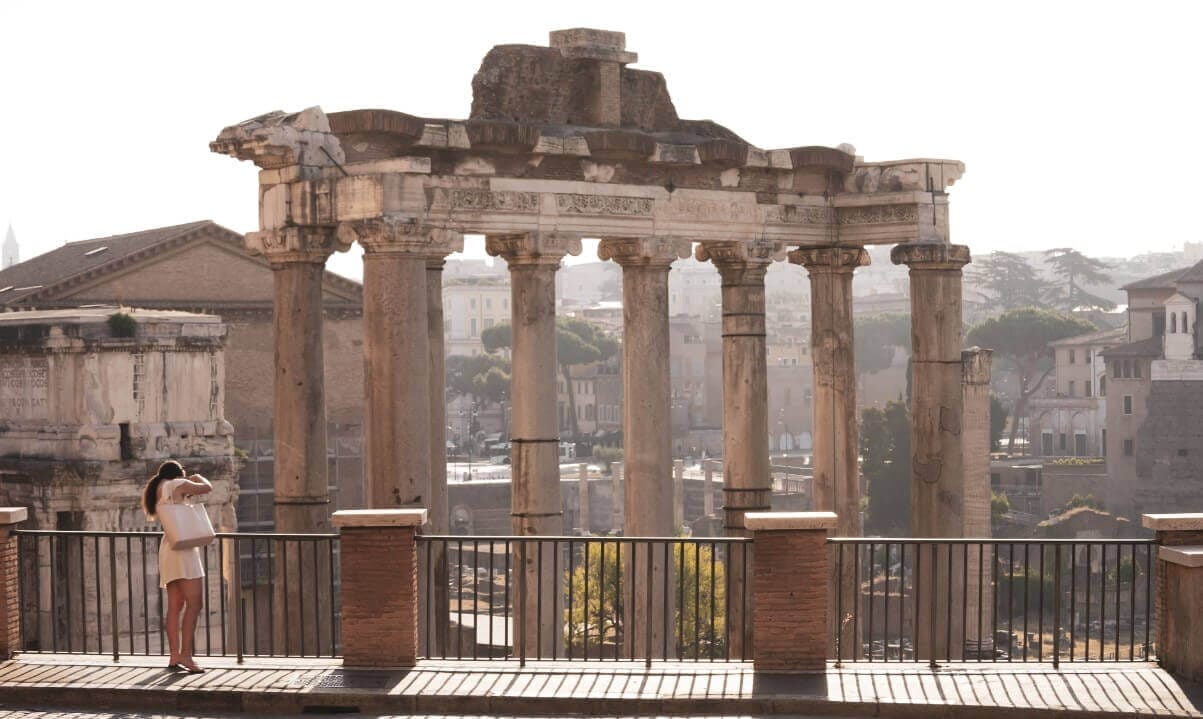
The purpose of the Ludi Romani was originally a celebration of religious stance, hosted on the occasion to celebrate the return of troops. It served as an avenue for entertainment for the people.
Generally, heavily horse themed, the event would involve chariot racing, processions and races. Occasionally, boxing, dancing and other forms of entertainment were allowed, including wrestling and music.
Roman God honored in the Ludi Romani
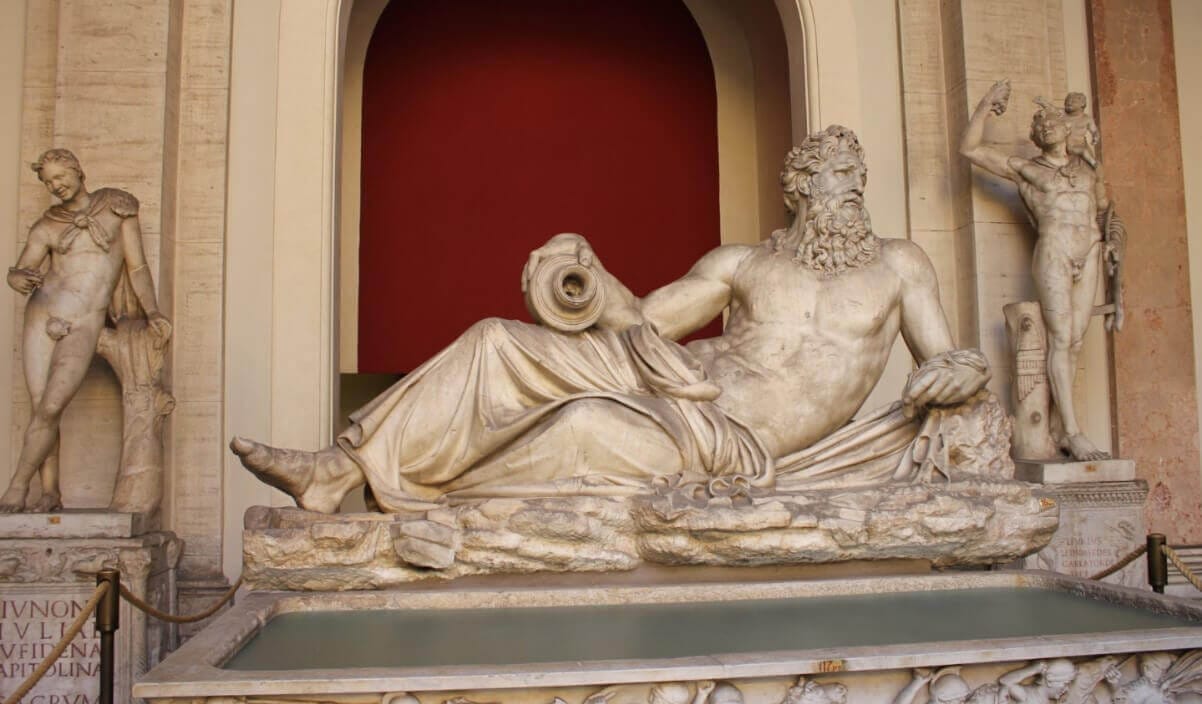
It is thought that the Ludi Romani were staged in honour of Jupiter. He was the god of the sky and thunder – his Greek mythology counterpart was Zeus. The story of Jupiter is pretty interesting and you should look it up if you get the time.
His dad was Saturn, and Saturn enjoyed eating his own children (because he had heard one of them would overthrow him). After having a bunch of children and watching them being eaten, Jupiter’s mom got fed up.
She ran away with Jupiter and raised him in secret. He later came back with a vengeance.
The Circus Maximus and the Ludi Romani
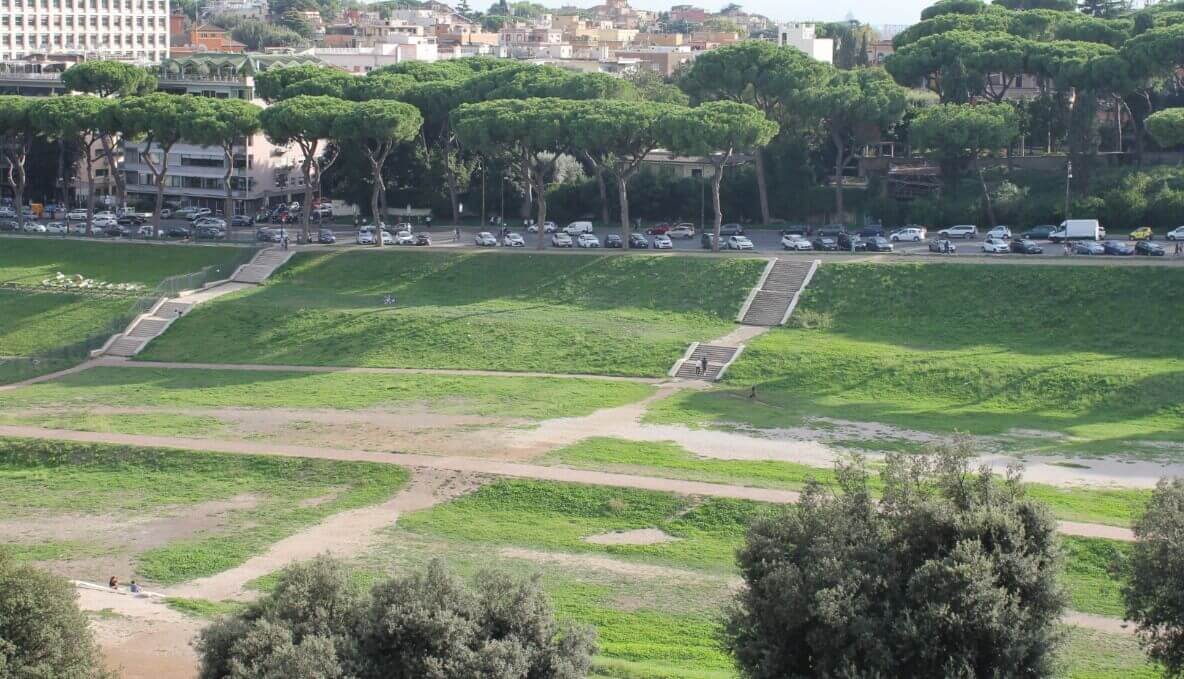
Located in between the Palatine and Aventine hills, this venue was Rome’s first official circus. Perfectly designed in oval shape with the chariot races specifically in mind, the Circus Maximus was the ideal place to host the Ludi Games Rome.
The site on which the Circus Maximus lay was rumoured to be the place that the Etruscan King Tarquinius Priscus held the first Ludi Romani.
Location of the Circus Maximus
Priscus chose well. The site for the first Ludi Games Rome – and subsequently the Circus Maximus – was perfect. The two hills on either side provided a natural place for spectators, and promised an optimal view.
To kick start the games, a procession would begin on the Palatine Hill destined for the Circus Maximus. Led by the chief magistrate and followed by the competitors and then the entertainment, the throng was trailed at the back by religious figures carrying incense.
On arrival, these priests would make sacrifices before the games could begin.
Frequently asked questions about the Ludi Romani

Here are some of the most common questions we have received to date.
Why was Ludi Romani celebrated?
The Ludi Romani was a festival, dedicated to the Roman god Jupiter. It was a religious festival that often took part in the celebration of military victory. Originally ad hoc, they eventually became established as an annual event. From then on, they were known officially as Ludi Romani.
How long did Ludi Romani games last?
Originally they lasted around 5 days, but eventually they were expanded to 10 days, and then 2 weeks! As the event gathered more traction, more aspects were added, which necessitated a longer festival.
What did the Ludi Romani Involve?
A procession kicked things off, led by local officials, and followed by the entertainers and competitors to the races. At the back, priests followed, waving incense. On arrival at the venue - the Circus Maximus - sacrifices were made before the games could begin. The entertainment centred largely on chariot races.
Where were the Ludi Romani hosted?
The Circus Maximus became a popular venue for this festival, built on the site of the first games. It’s layout was perfectly suited for chariot racing.
Conclusion
Now you know a little more about the Ludi games and the Ludi Romani. You’ll be able to impress your friends and travel buddies when visiting Rome.
For tips and advice for organising your trip, head over to our full guide to things to do in Rome.
We’ve got everything here, from Roman hotels and food tips, to other great ancient sites such as the Colosseum and the Roman Forum.
Fanny, an ardent admirer of ancient history and architecture, has been fascinated by the Colosseum since her first visit to Rome in 2012. As a key contributor to the Visit Colosseum Rome blog, she brings her passion for the Roman Empire’s monumental legacy to every article and guide.
